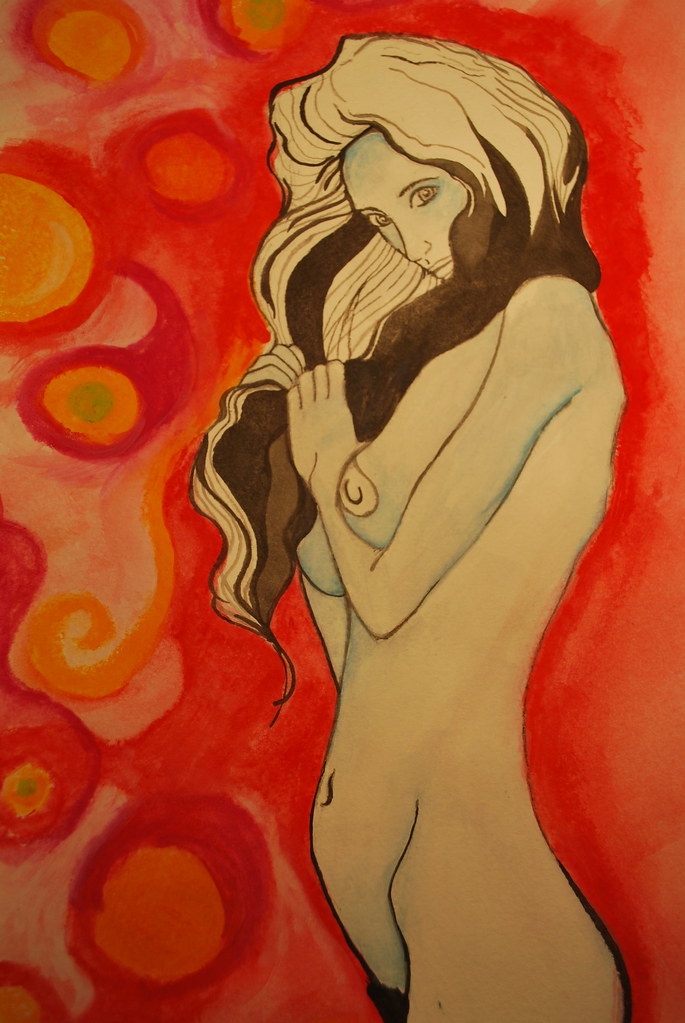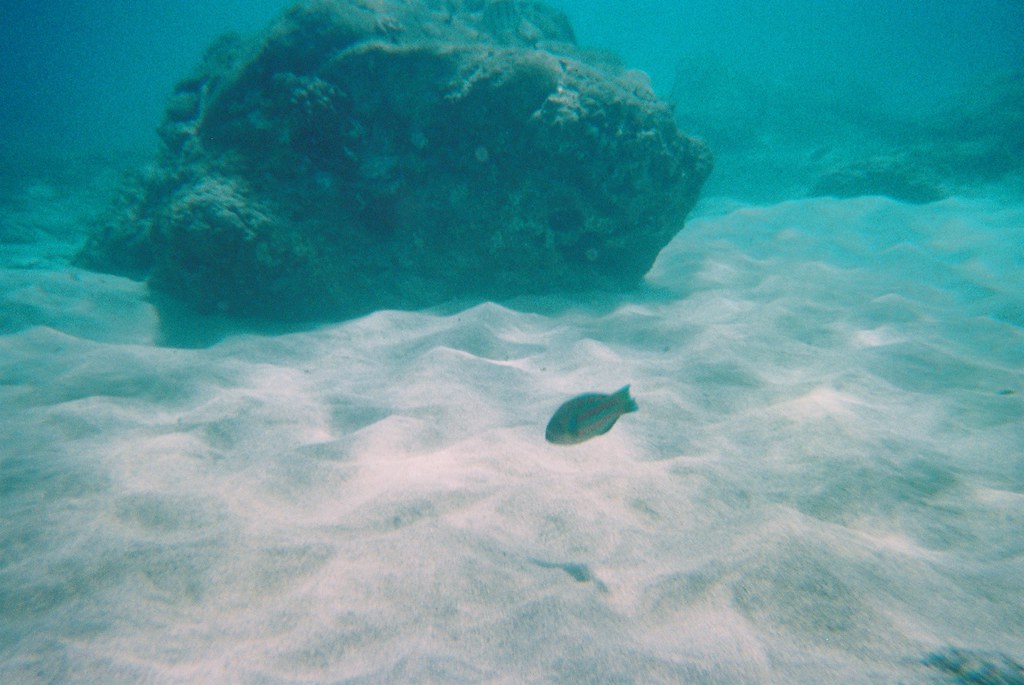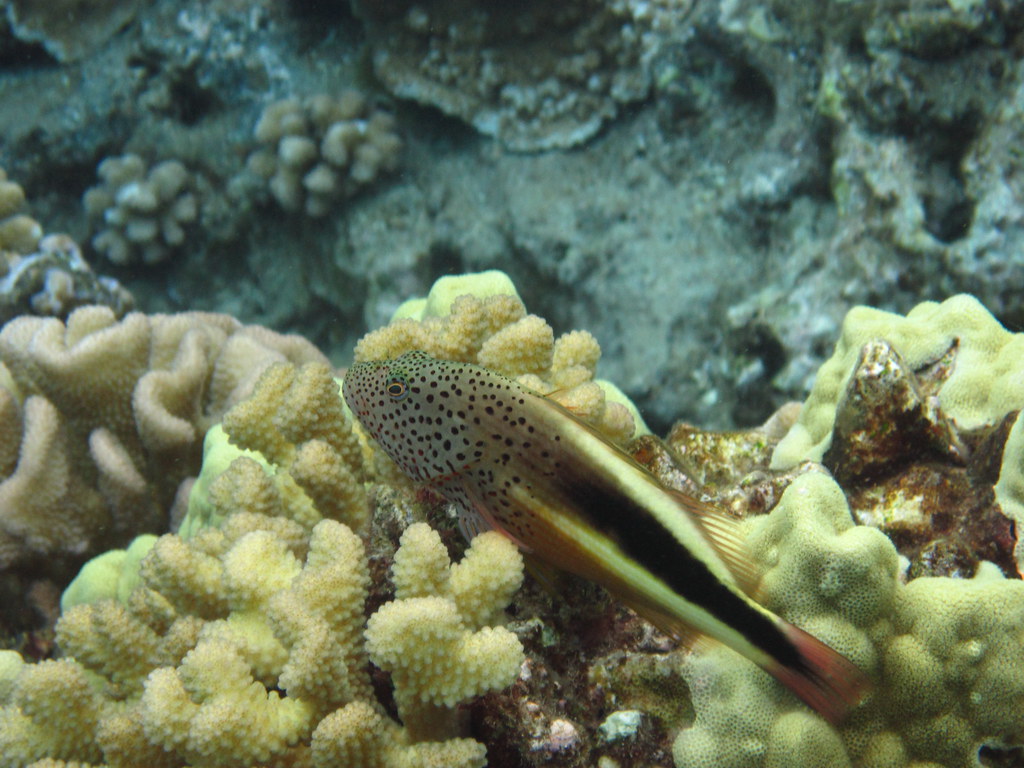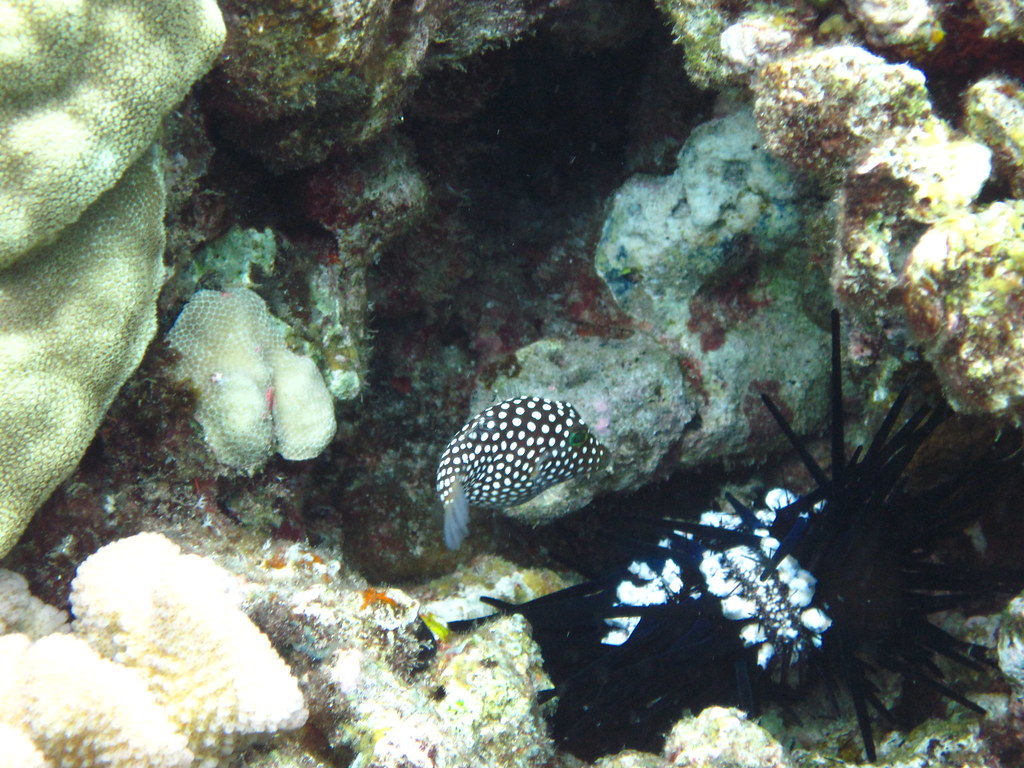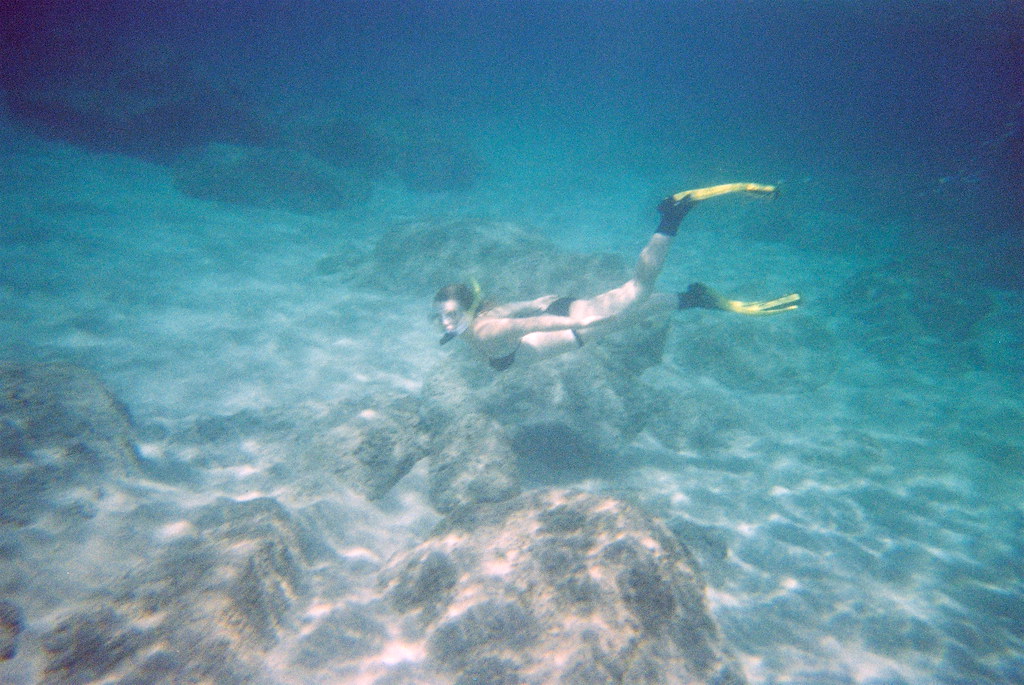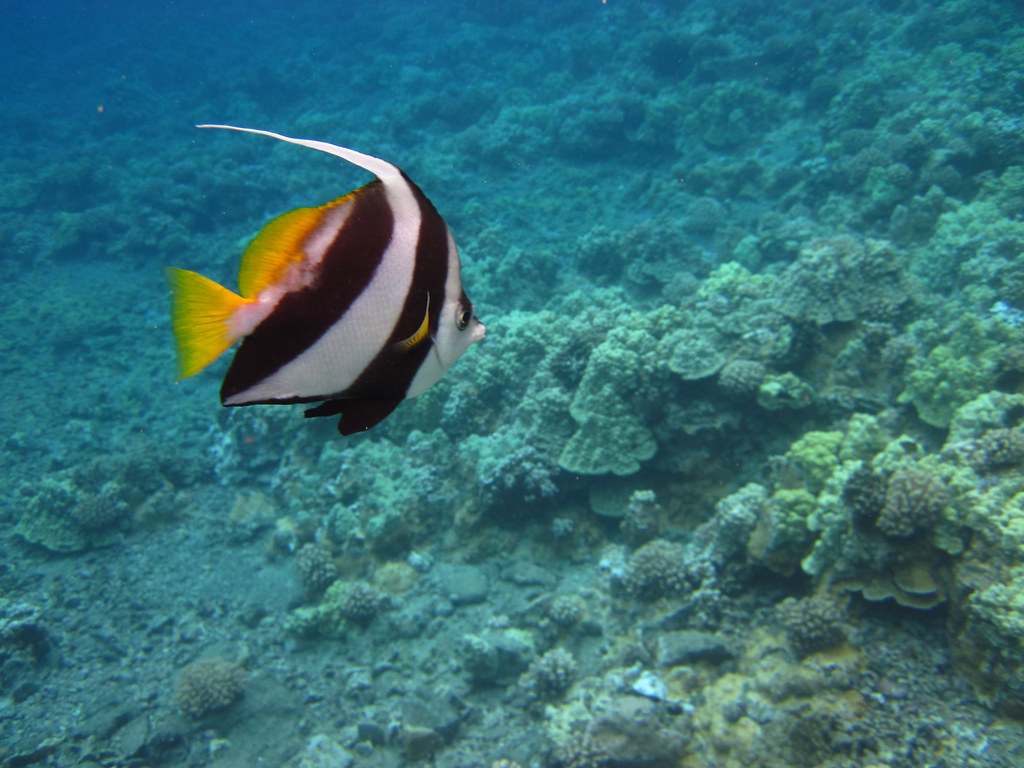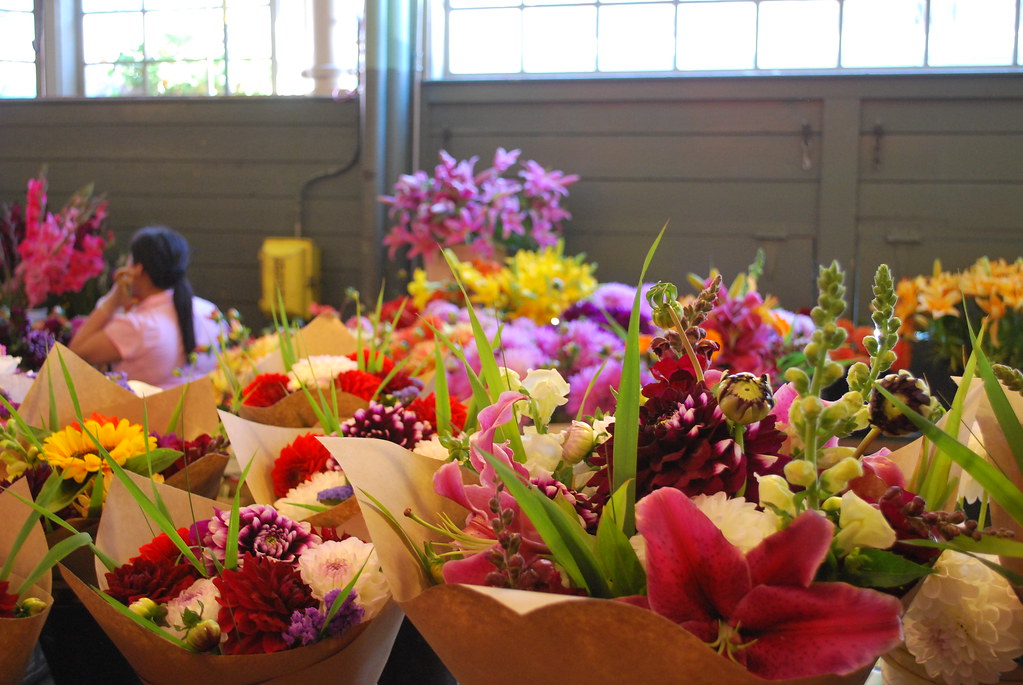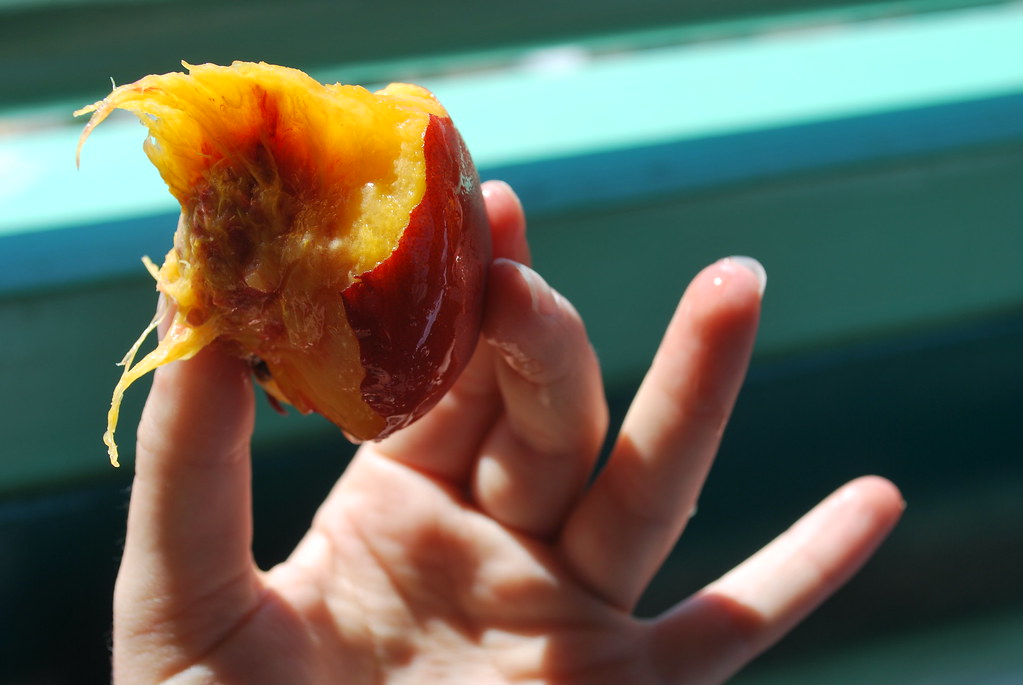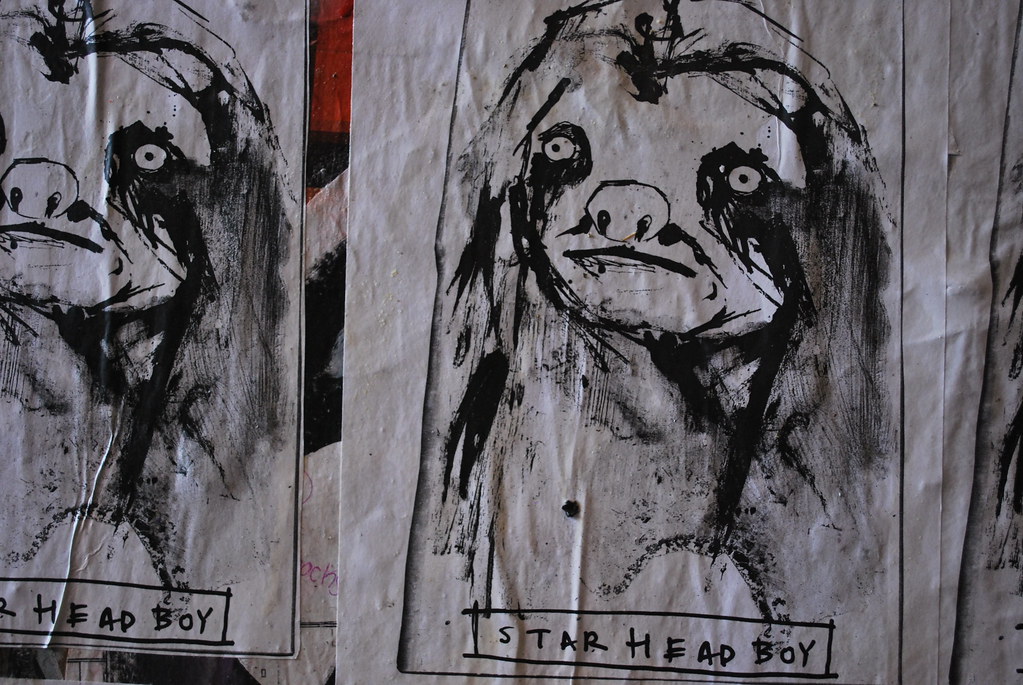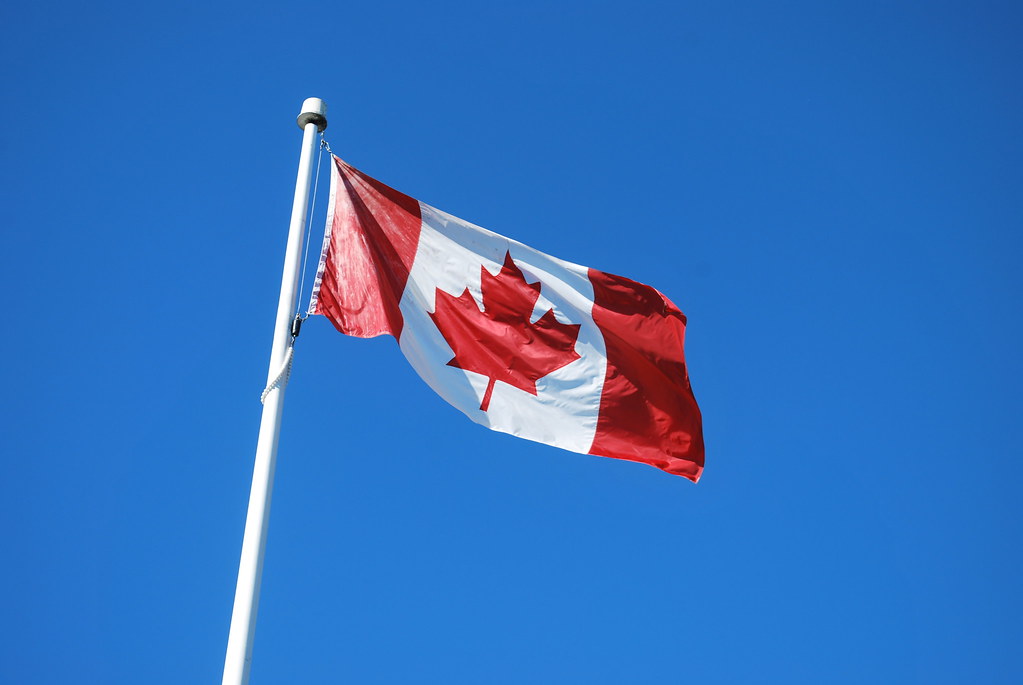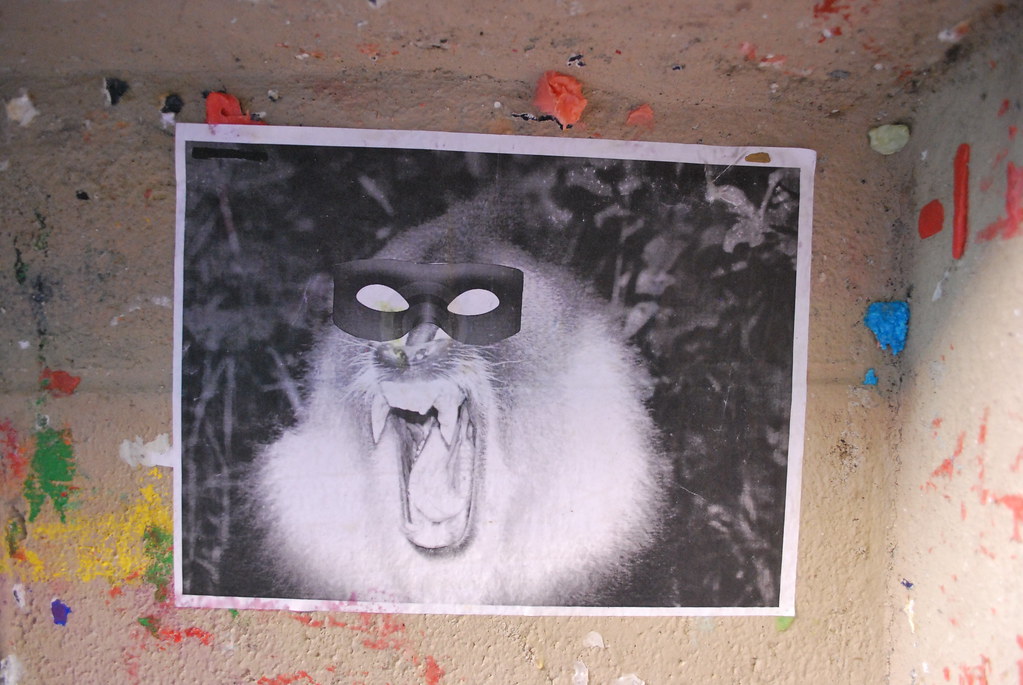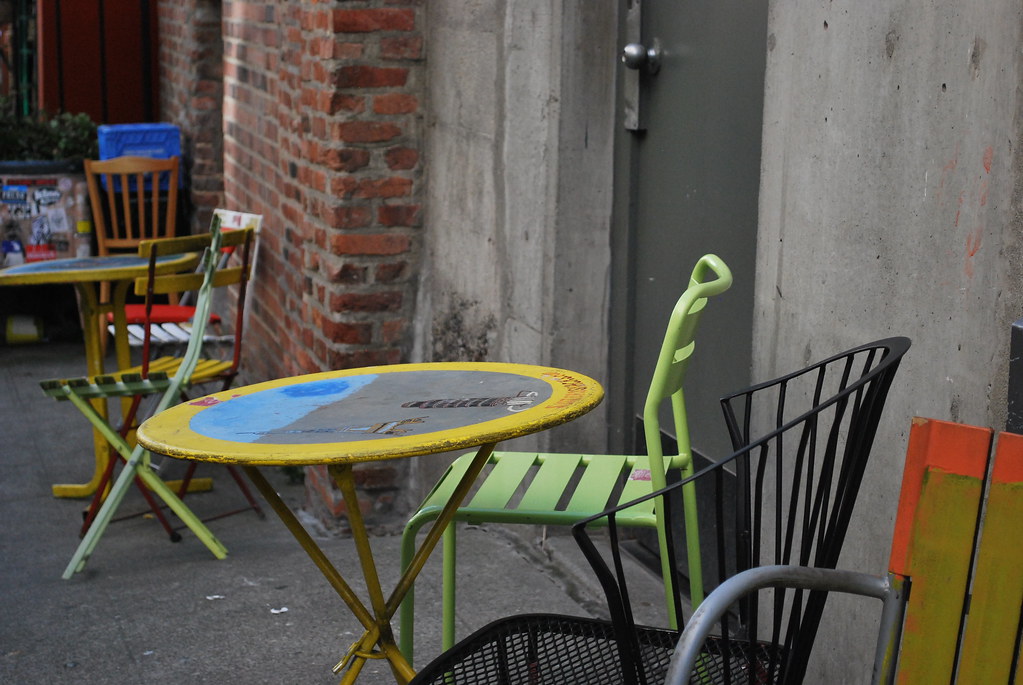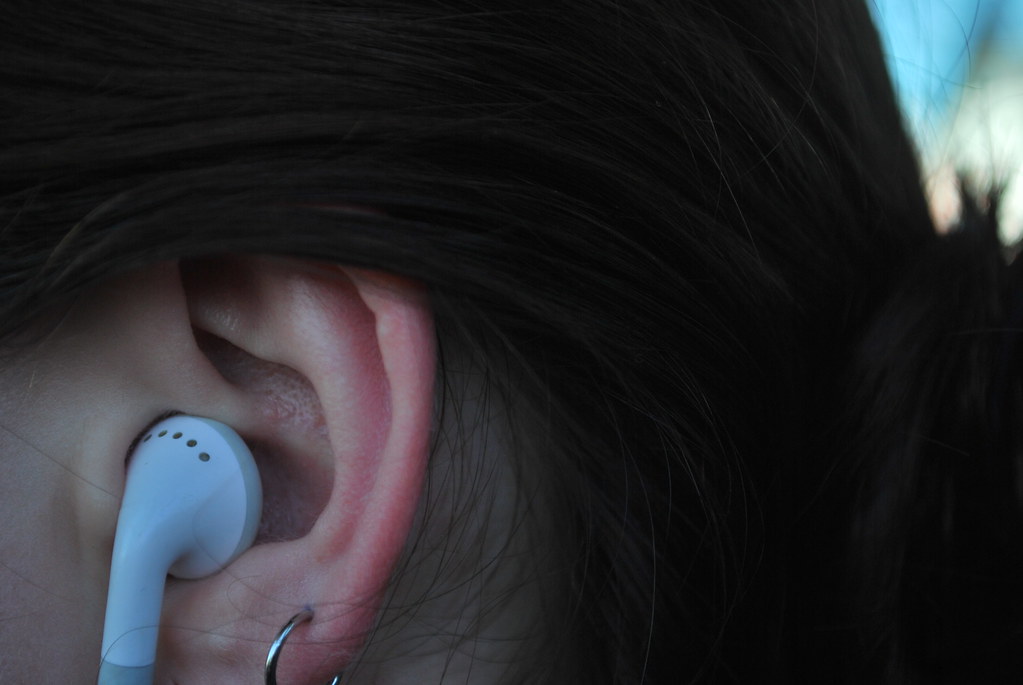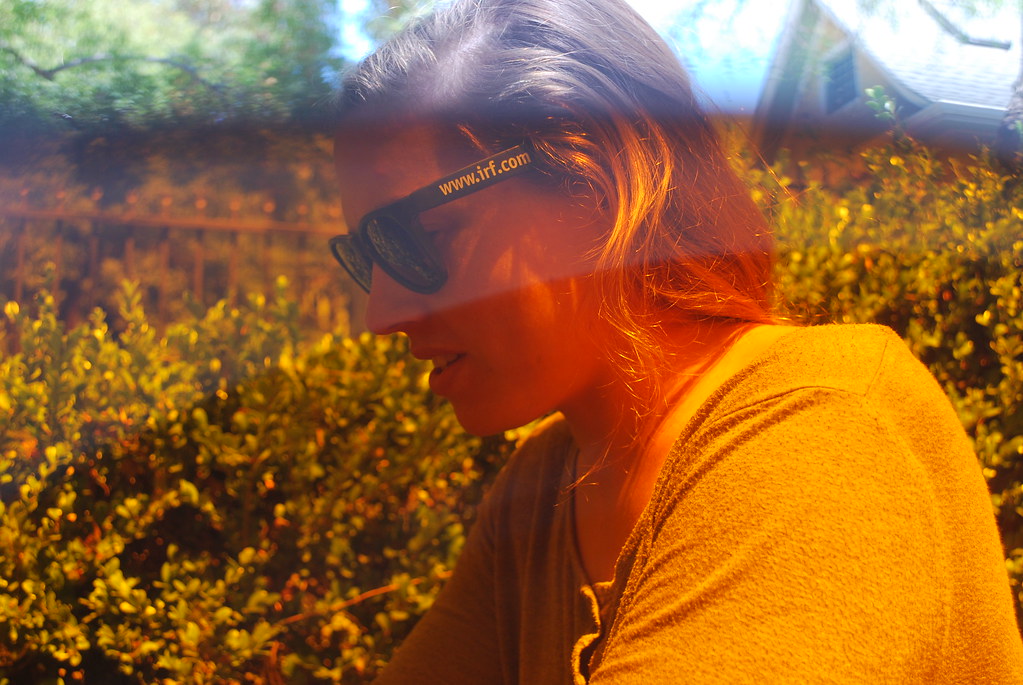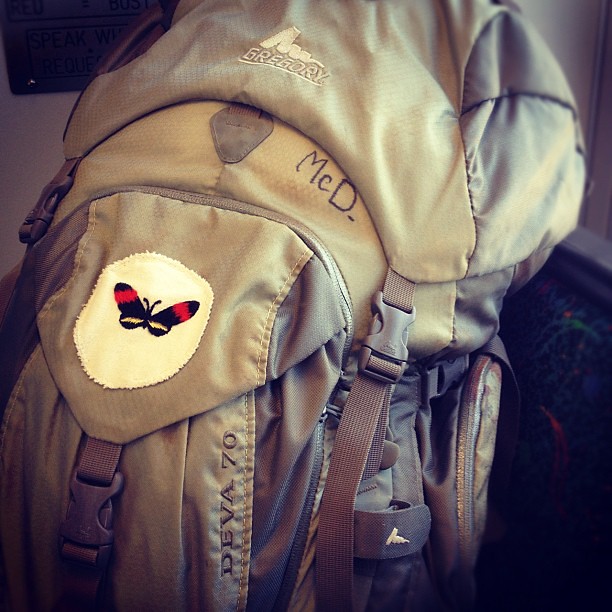Sprouts!
Humans eat seeds- it's our thing. Beans and grains are dietary staples globally because they are nutrient-rich and contain complex sugars for metabolism. However, these foods can also be difficult to digest. Why?
Before a seed begins to develop into a mature plant, it contains enzyme inhibitors to maintain dormancy and stores phosphorus in the form of phytic acid. These compounds are bad news in the human gut. Enzyme inhibitors inactivate human digestive enzymes. They prevent us from fully processing our food, and limit our ability for nutrient uptake. Phytic acid inhibits uptake of calcium, zinc, iron, and magnesium.
Now, given a few days in water beans and grains become much easier to digest. As they germinate, seeds turn off their enzyme inhibitors and make a whole new suite of nutritious proteins. Soaking also neutralizes phytic acid, making sprouts a healthy, tasty snack. Black-eyed pea sprouts are a great addition to garden salad, and chickpea sprouts are awesome with avocado and lemon...mmm.
To make sprouts at home:
1. Soak beans or grains in a mason jar covered with cloth (secured with a rubber band). Seeds should be completely submerged. Set them on the counter overnight.
2. Pour the water off, and allow the seeds to drain completely. Leave the jar on the counter for a day.
3. Rinse and drain your seeds daily. After 3 to 4 days they're ready to eat!
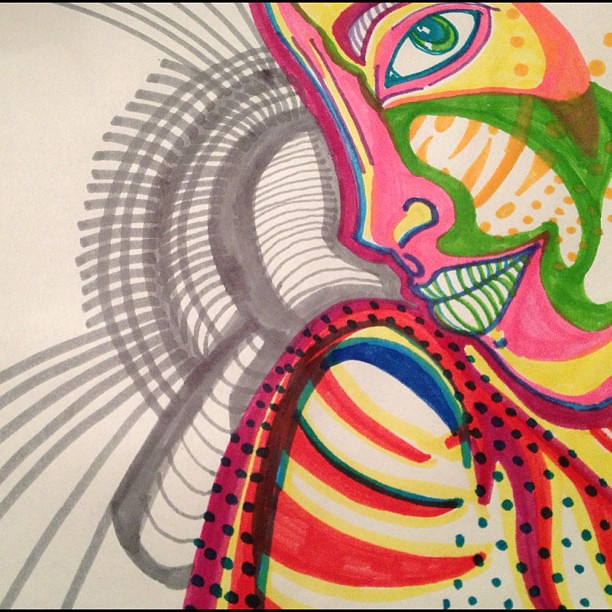
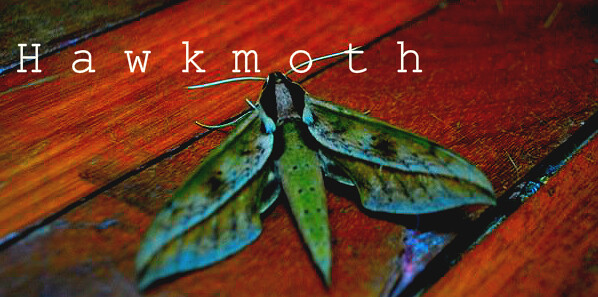

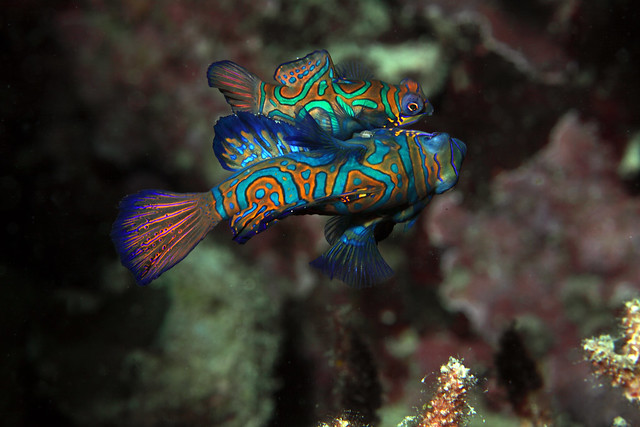
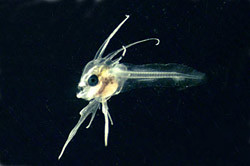
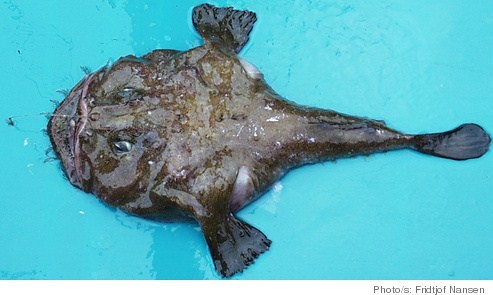
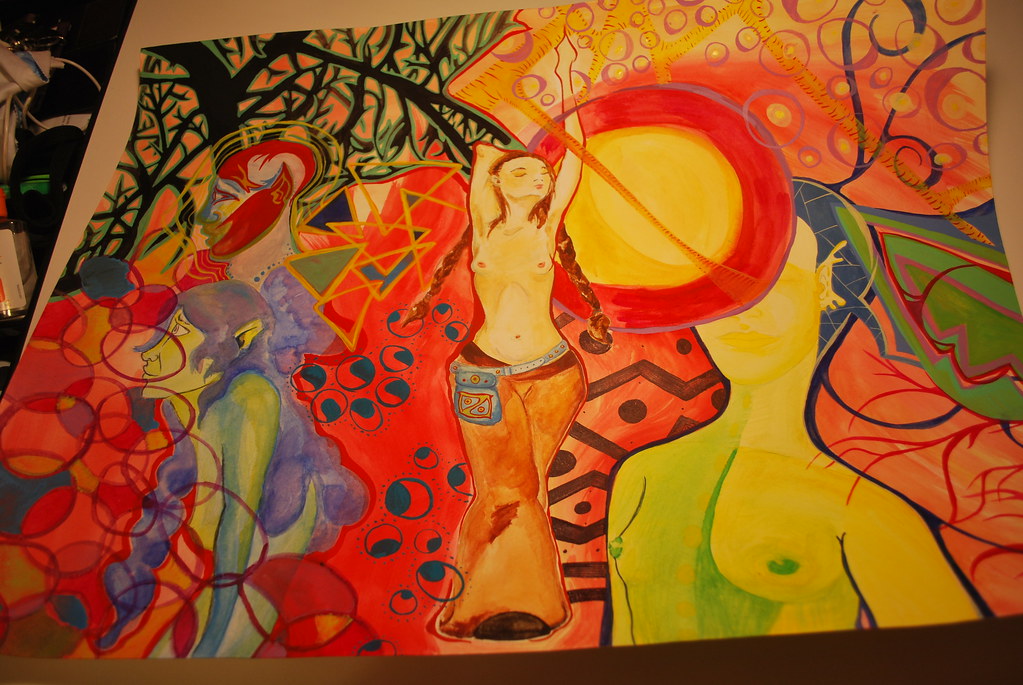 (watercolor on illustration board 24" X 18")
(watercolor on illustration board 24" X 18")
 (pastel on butcher paper 24" X 18")
(pastel on butcher paper 24" X 18")
 (pen and colored pencil 8.5" X 11")
(pen and colored pencil 8.5" X 11")
 (graphite 8.5" X 11")
(graphite 8.5" X 11")
 (graphite 8.5" X 11")
(graphite 8.5" X 11")
 (charcoal 8.5" X 11")
(charcoal 8.5" X 11")
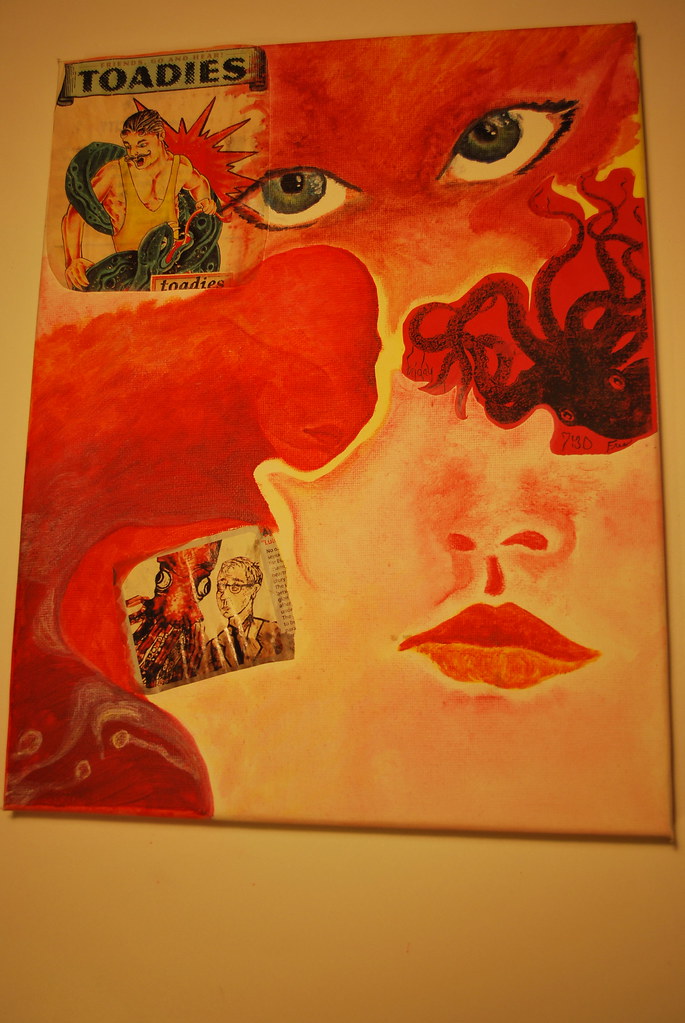 (acrylic on canvas. collage. 14" X 11")
(acrylic on canvas. collage. 14" X 11")
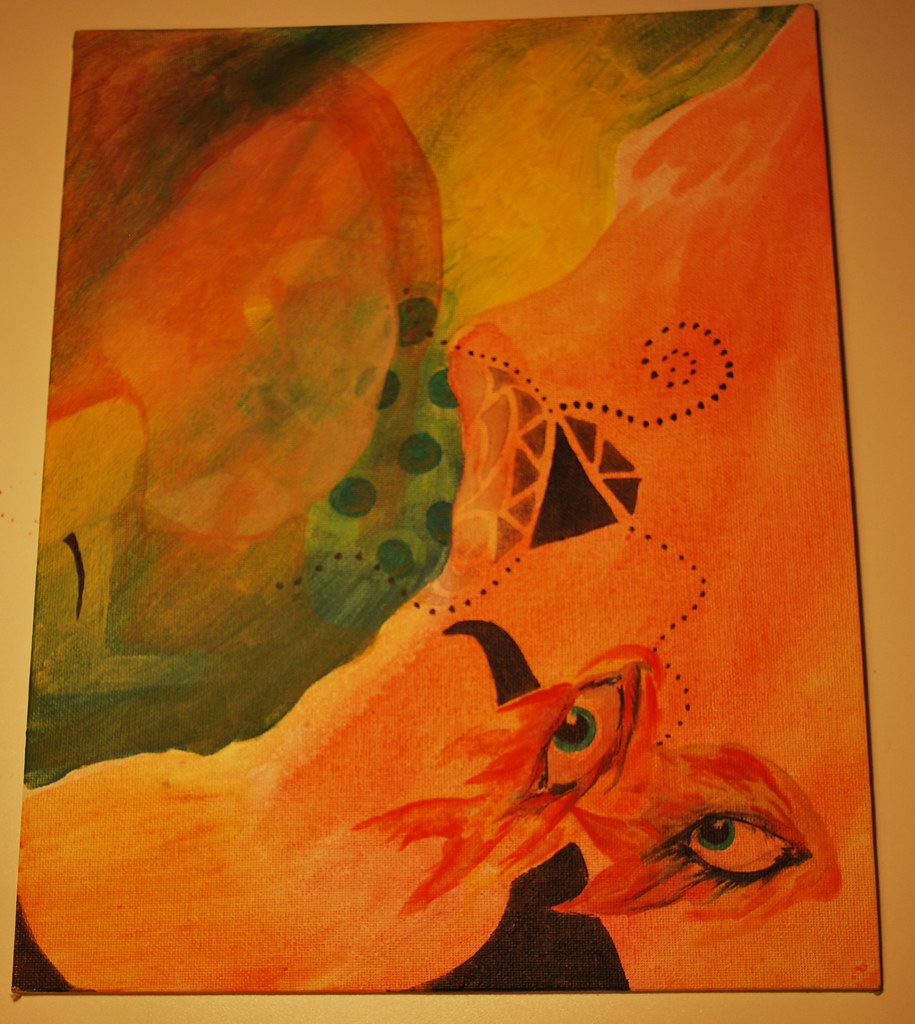 (acrylic on canvas 14" X 11")
(acrylic on canvas 14" X 11")
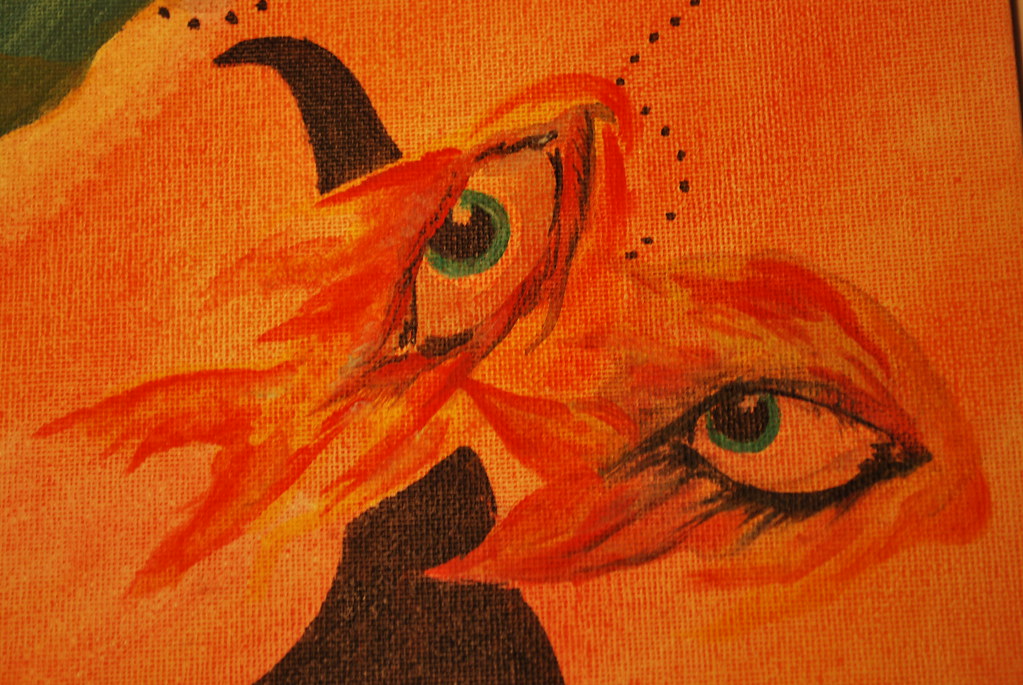 (detail of previous)
(detail of previous)
 (pen and colored pencil 8.5" X 11")
(pen and colored pencil 8.5" X 11")
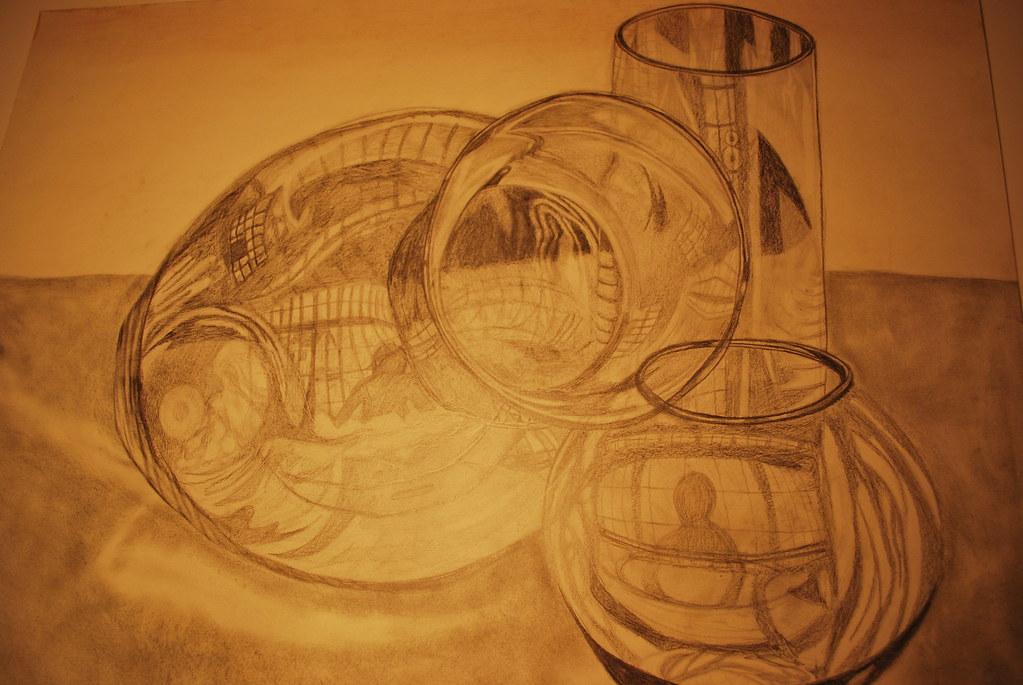 (graphite 18" X 24")
(graphite 18" X 24")
 (acrylic 18" X 24")
(acrylic 18" X 24")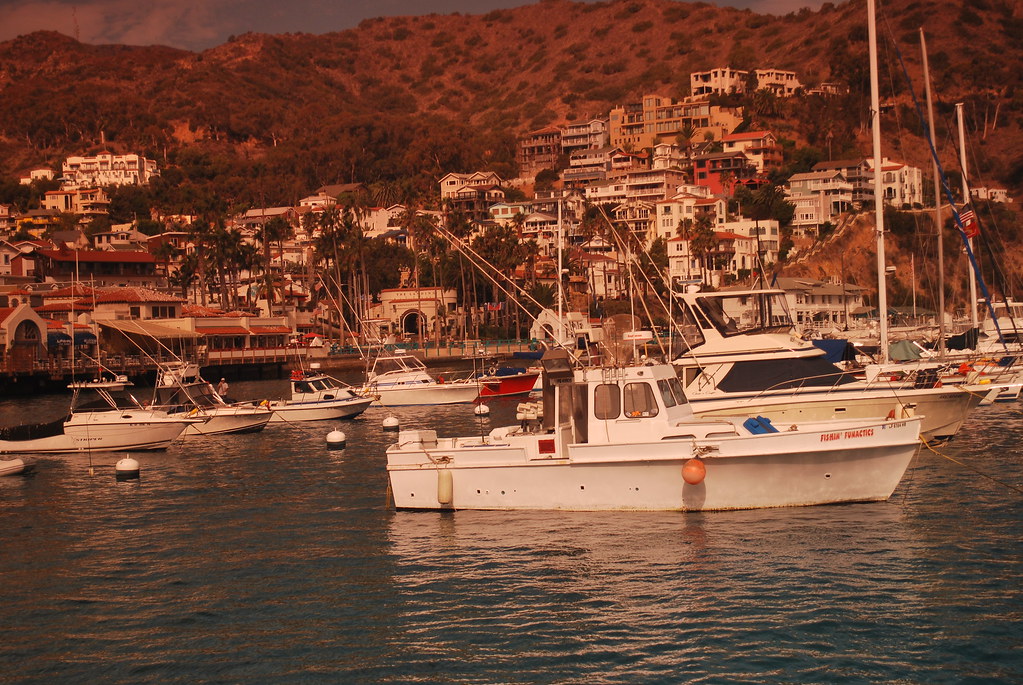
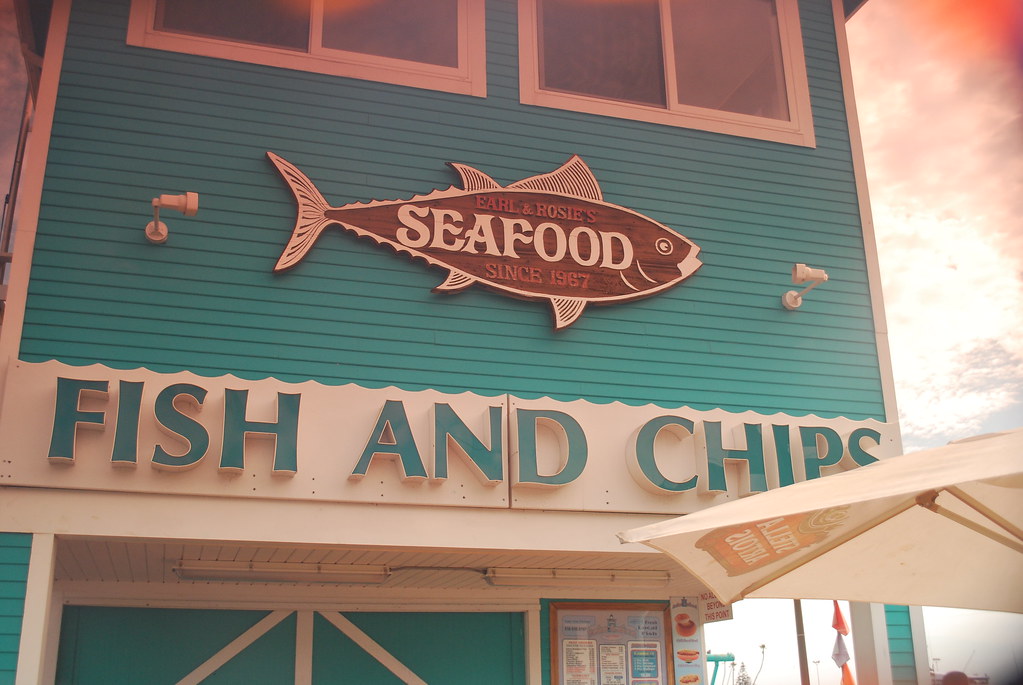
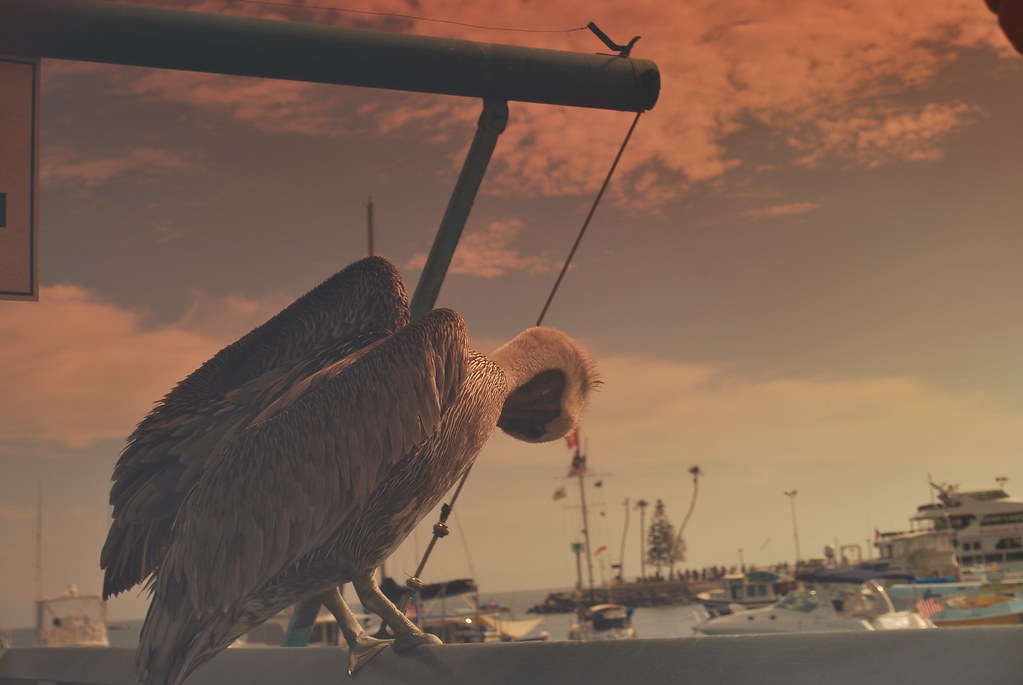
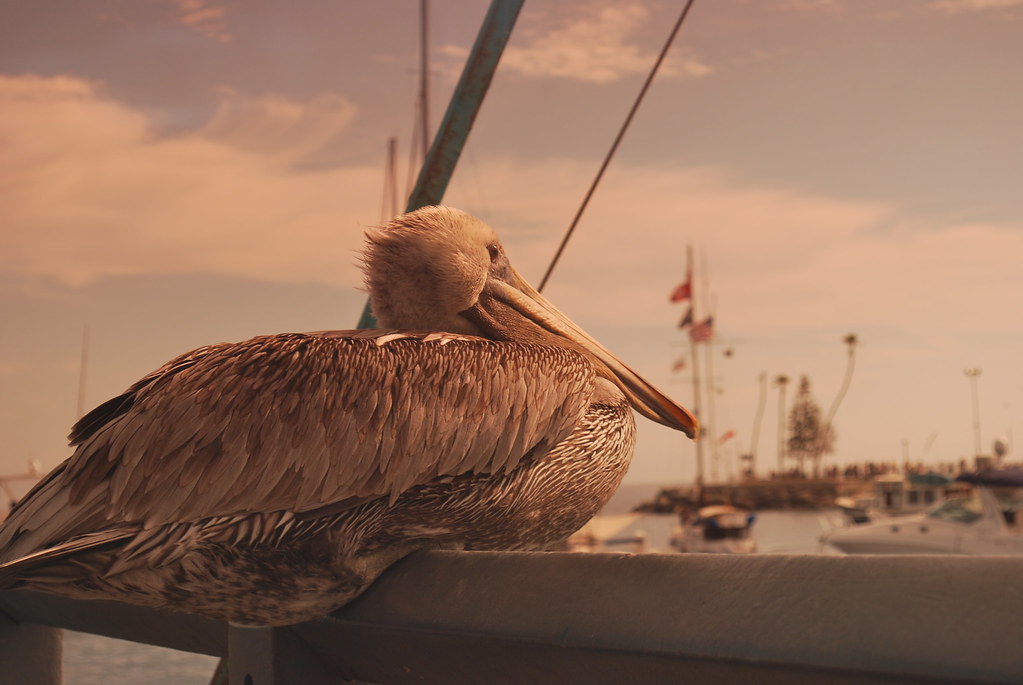

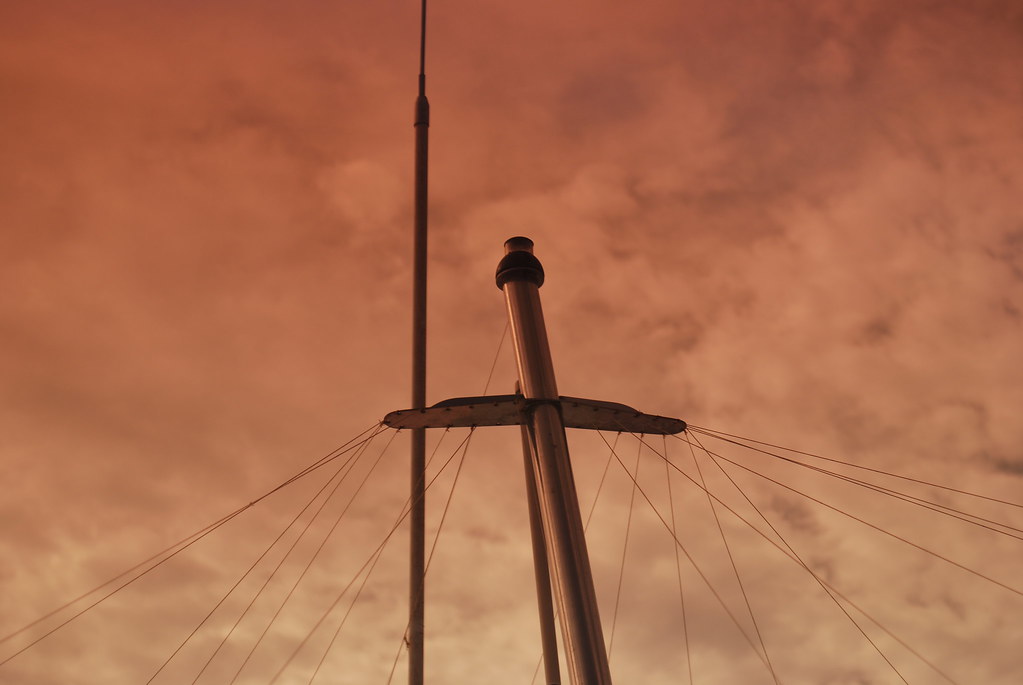
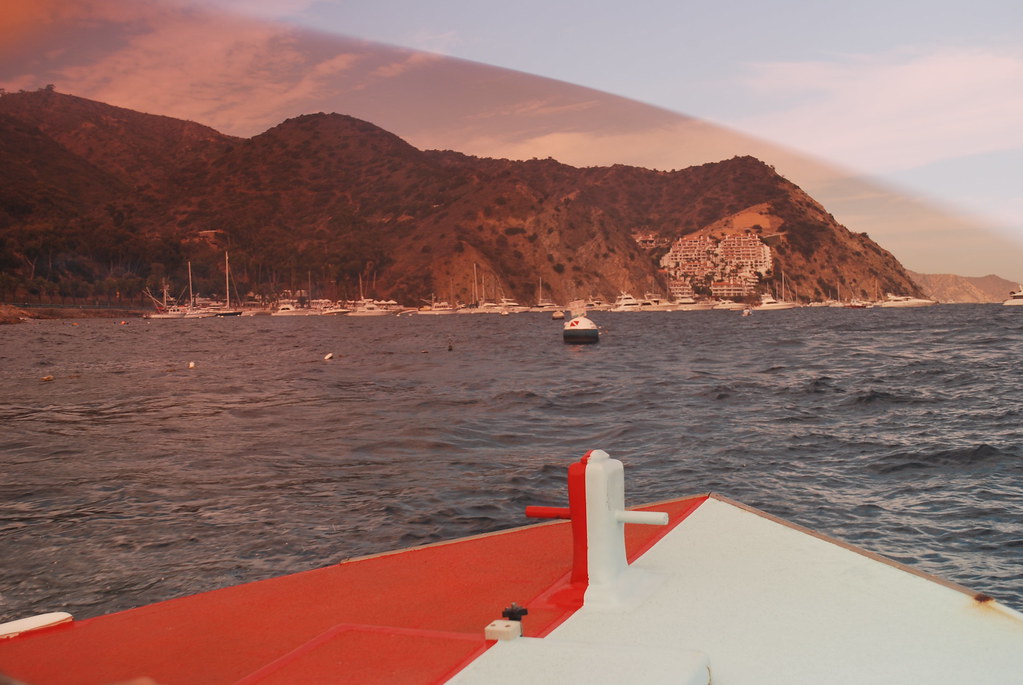

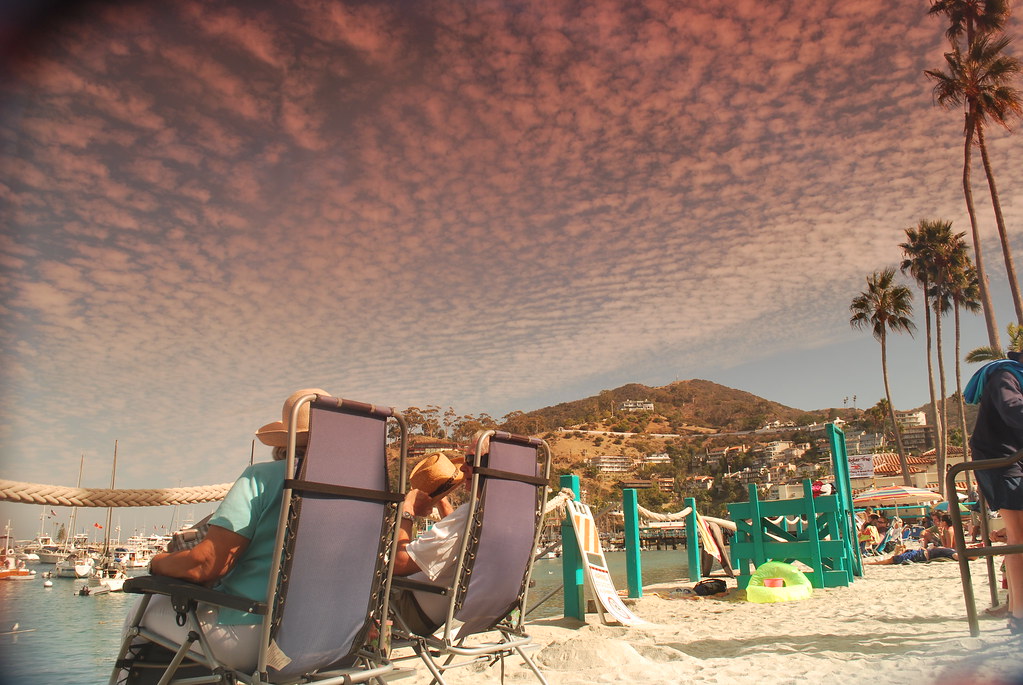
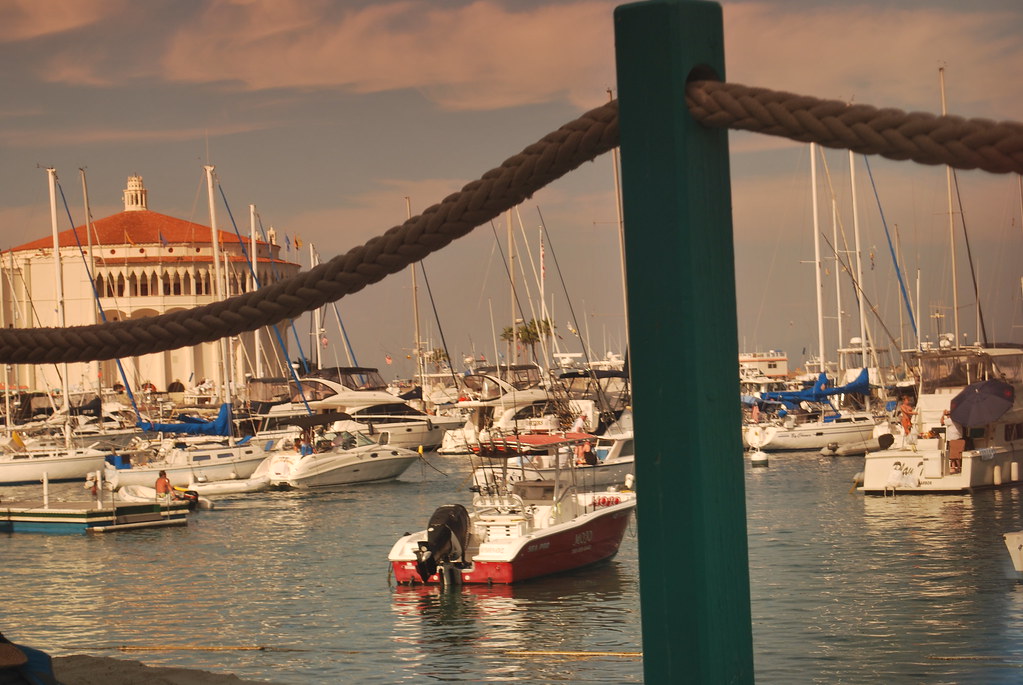
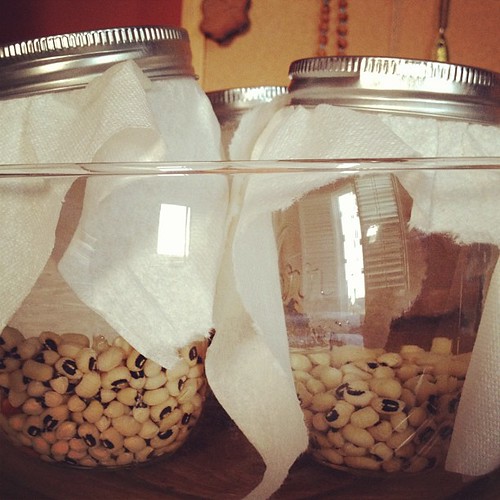
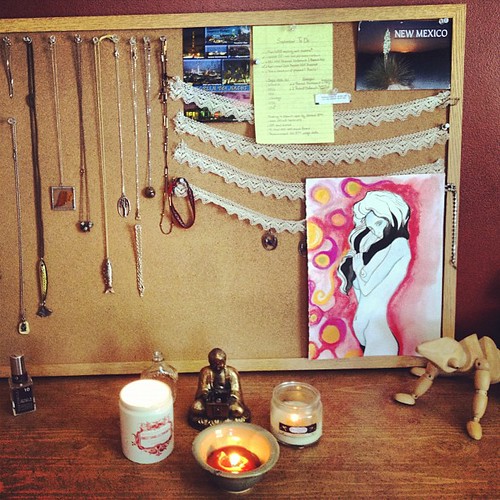
 My soul dances at the smell of autumn on the wind.
My soul dances at the smell of autumn on the wind.
